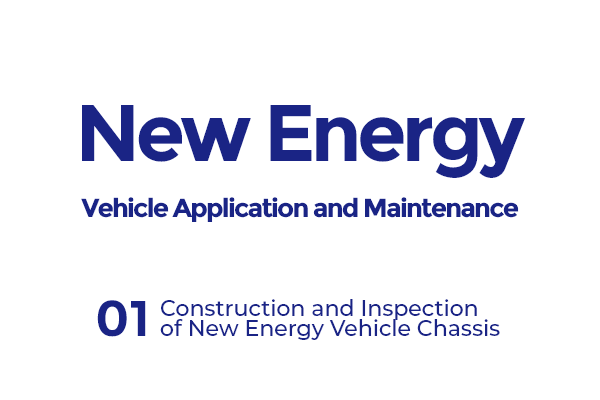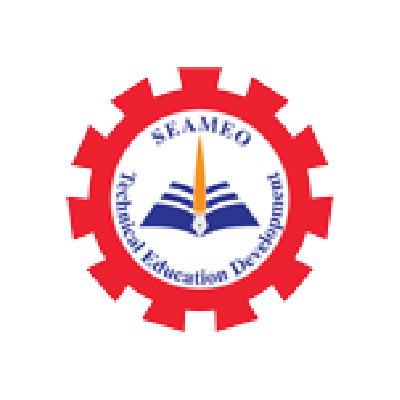TEL:+855 99 294 999
FAX:+855 99 294 999
E-MAIL:catecp@china-asean.cn
Lesson Code: TCEN2024G014
Clicks:
![]()
1. Lecturer: HUANG Zudong, Guangxi Transport School(GXTS)
2. Lecturer: LI Yuanzhong, Guangxi Transport School(GXTS)
3. Lecturer: LU Desheng, Guangxi Transport School(GXTS)
4. Lecturer: YANG Huaming, Guangxi Transport School(GXTS)
5. Lecturer: LI Daibin, Guangxi Transport School(GXTS)
6. Lecturer: HUANG Mashi, Guangxi Transport School(GXTS)
7. Lecturer: QIN Haoyuan, Guangxi Transport School(GXTS)
8. Lecturer: DENG Fu, Guangxi Transport School(GXTS)
9. Lecturer: ZHANG Zhen, Guangxi Transport School(GXTS)
10. Lecturer: XUE Huajie, Guangxi Transport School(GXTS)
![]()
![]()
![]()
● Corresponding PPT
● Online Course Video
● Simulation Question Tanks
![]()


![]()
● Knowing the nature and characteristics of frontline technical work, cultivating a love for work, good professional ethics, and compliance with laws and regulations.
● Capable of effective interpersonal communication and interaction.
● Knowing how to possess strong team spirit and customer service awareness.
● Being able to demonstrate organizational and coordination skills.
![]()
![]()